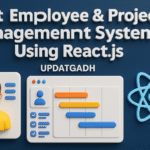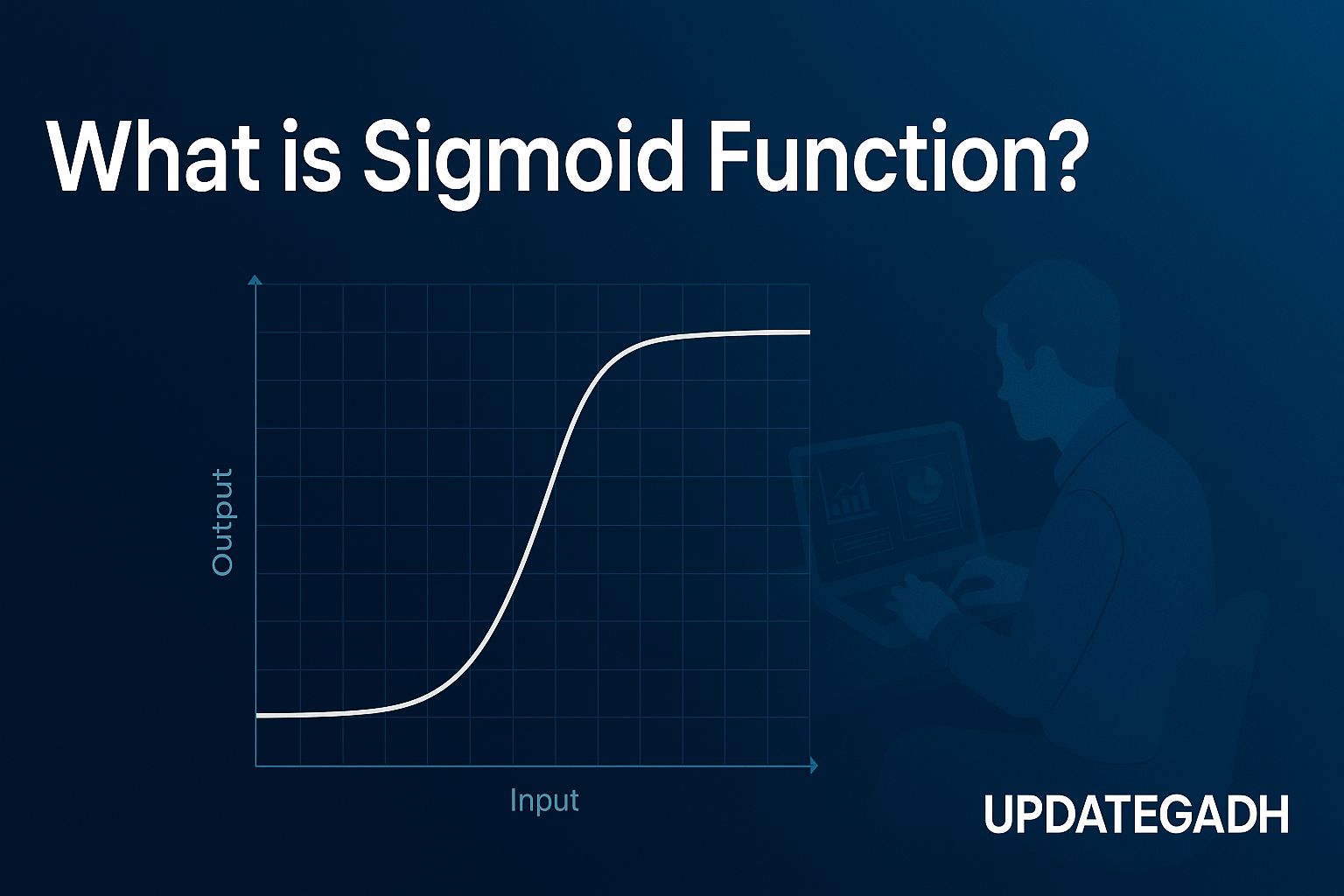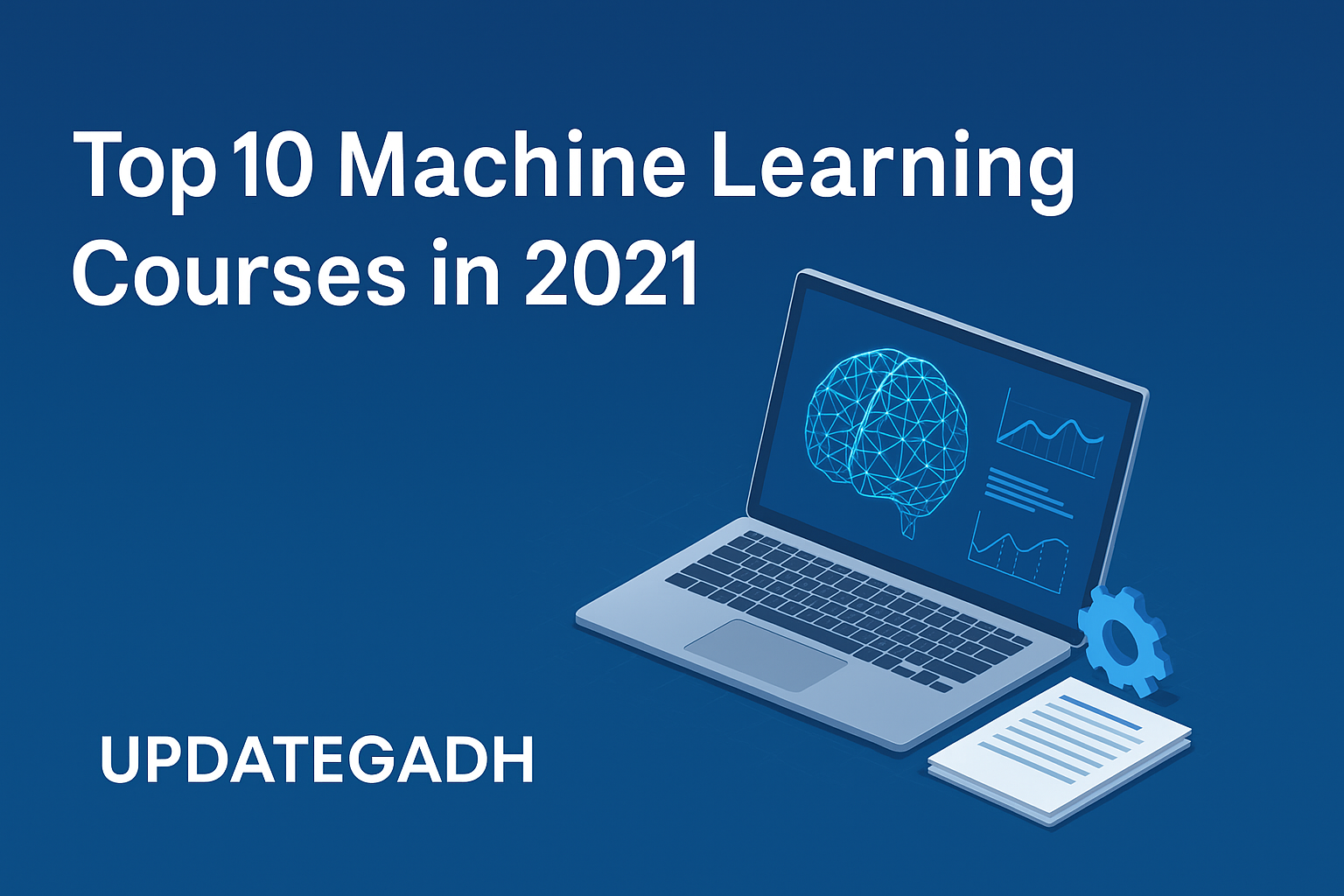
Time Series Classification Algorithms
Time Series Classification Algorithms
Time series classification is a critical task in data science, focusing on categorizing sequential data points into predefined classes. Numerous businesses, including finance, healthcare, meteorology, and others, use this kind of data. Given the unique characteristics of time series data—particularly the importance of order and temporal dependencies—specialized algorithms have been developed to handle this task effectively. In this article, we at Updategadh present a comprehensive overview of the most prominent time series classification algorithms.
Complete Python Course with Advance topics:-Click Here
SQL Tutorial :-Click Here
Data Science Tutorial:-Click Here
1. Nearest Neighbor Classifiers
Dynamic Time Warping (DTW)
The closeness of time series sequences that may differ in pace is measured via dynamic time warping. It is ideal for sequences with similar patterns that are misaligned in time.
How DTW Works:
- Distance Matrix: A matrix that displays the separations between two time series’ points.
- Cost Matrix: Built using dynamic programming to minimize cumulative distance.
- Warping Path: Optimal path from start to end that minimizes total distance.
Advantages:
- Handles speed variations.
- High accuracy in matching similar but misaligned patterns.
Disadvantages:
- High computational cost (quadratic complexity).
- Sensitive to parameter settings like warping window size.
DTW in k-NN:
Used with k-Nearest Neighbors (k-NN), DTW computes distances between query and training samples and uses majority voting for classification.
Shape-Based Distance (SBD)
SBD compares the overall shape of time series data, rather than point-to-point values.
How SBD Works:
- Z-Normalization: Time series are normalized.
- Cross-Correlation: Measures similarity while shifting sequences.
- Max Correlation: The peak value indicates similarity.
Advantages:
- Emphasizes shape, not value alignment.
- Robust against noise and outliers.
Disadvantages:
- Ineffective if time alignment is crucial.
- Still computationally expensive.
SBD in k-NN:
In k-NN, SBD is used to compute similarity, and majority voting determines the class.
2. Feature-Based Methods
Time Series Forest (TSF)
TSF is an ensemble approach using decision trees trained on random intervals of the series, capturing various statistical features.
How It Works:
- Random intervals are selected.
- Features like mean, standard deviation, and slope are extracted.
- Trees are built using these features.
Shapelet Transform (ST)
Shapelets are discriminative sub-sequences. ST finds the most useful shapelets to distinguish between classes.
Advantages of Feature-Based Methods:
- Easy integration with traditional machine learning models.
- Captures essential patterns efficiently.
Disadvantages:
- Feature engineering can be time-consuming.
- May miss complex temporal dependencies.
3. Interval-Based Method
Time Series Bag of Features (TSBF)
TSBF divides the time series into fixed intervals, extracts features from each, and builds a “bag” of feature vectors.
Process:
- Interval Selection
- Feature Extraction: Mean, std, skewness, kurtosis, etc.
- Bag Creation: Vectors from intervals form a collective representation.
- Classification: Input to models like SVMs or decision trees.
Pros:
- Captures local and global patterns.
- Scalable to large datasets.
Cons:
- Parameter sensitivity.
- Potential redundancy in features.
Learned Pattern Similarity (LPS)
LPS discovers and learns discriminative patterns in the training set, transforming each series into a similarity-based feature vector.
Pros:
- Highly discriminative.
- Adaptive to various datasets.
Cons:
- High computational requirements.
- Sensitive to parameter settings.
4. Ensemble Methods
HIVE-COTE (Hierarchical Vote Collective of Transformation-Based Ensembles)
HIVE-COTE combines multiple classifiers and transformations to create a comprehensive ensemble.
How It Works:
- Uses DTW, TSF, ST, EE, and others.
- Applies transformations like Fourier and shapelet.
- Hierarchical voting system ensures robust classification.
Pros:
- High accuracy.
- Captures different data aspects.
Cons:
- Complex and resource-intensive.
Proximity Forest
An ensemble of decision trees using different proximity measures such as DTW, Euclidean, and SBD.
Pros:
- Utilizes various distance metrics.
- Boosts classification accuracy.
Cons:
- High computational cost.
- Sensitive to distance metric choice.
5. Deep Learning Methods
Recurrent Neural Networks (RNNs)
RNNs handle sequential data using a hidden state to capture temporal dependencies.
Variants:
- LSTM: Use gating systems to manage long-term dependence.
- GRU: Reduced-parameter, simplified LSTM variant.
Pros:
- Excellent at capturing temporal structure.
- Can work with variable-length inputs.
Cons:
- Difficult to train.
- Requires significant computational resources.
Convolutional Neural Networks (CNNs)
CNNs can process time series by treating them as 1D signals, identifying local features through convolutional filters.
Pros:
- Efficient via parallel computation.
- Captures local patterns well.
Cons:
- Less effective for long-term dependencies.
- Typically needs fixed-length input.
Hybrid Models (CNN + RNN)
Combine CNNs and RNNs to leverage both spatial and temporal patterns.
Workflow:
- CNNs extract features.
- RNNs capture sequence dependencies.
- Final classifier predicts the class.
Pros:
- Improved performance.
- Comprehensive pattern learning.
Cons:
- Complex architecture.
- High resource requirements.
Download New Real Time Projects :-Click here
Complete Advance AI topics:- CLICK HERE
Final Thoughts
Time series classification is a nuanced field that requires a variety of strategies depending on the nature of the data and application needs. From simple distance-based classifiers to advanced deep learning models, each technique has its strengths and trade-offs. By understanding these methods, data scientists and engineers can make more informed decisions and build more effective time series classification systems.
Stay tuned with Updategadh for more expert-level insights into data science and machine learning!
time series classification python
time series classification example
time series classification github
time series classification: a review of algorithms and implementations
time series classification deep learning
time series classification transformer
time series classification dataset
time series classification kaggle
time series classification python
time series classification machine learning
time series classification dataset
time series classification example
time series classification deep learning
time series classification github
time series classification kaggle
time series classification sklearn










Post Comment